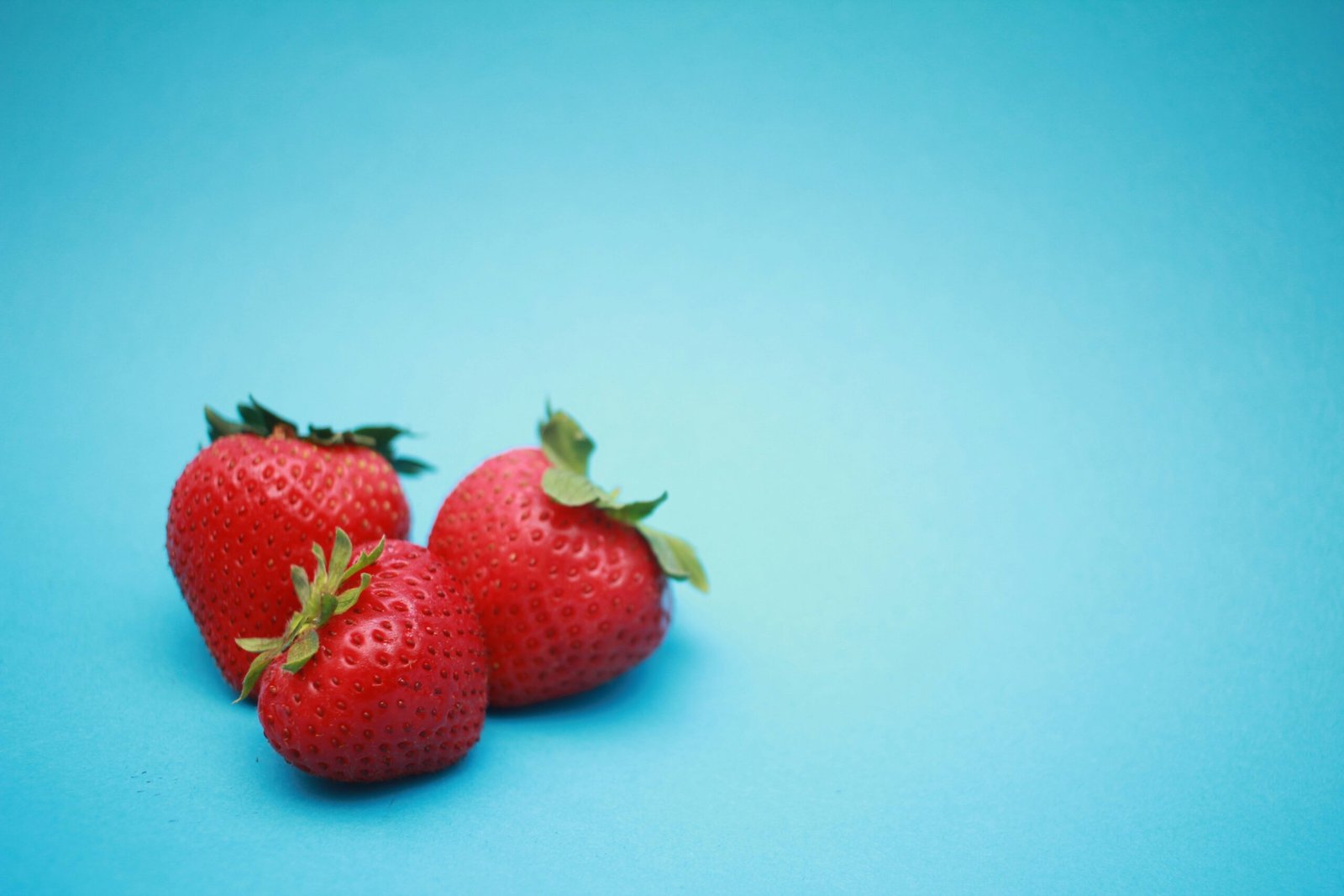The Science and Cultural Beliefs Behind Aphrodisiac Foods
Aphrodisiac foods have been a topic of fascination for centuries, with people seeking natural ways to enhance their libido and sexual desire. While the concept of aphrodisiacs is deeply rooted in cultural beliefs and folklore, there is also scientific evidence that certain foods can have a positive impact on sexual health and desire.
The Power of the Mind
Before delving into the science behind aphrodisiac foods, it is important to acknowledge the role of the mind in sexual desire. The brain plays a crucial role in the release of hormones and neurotransmitters that are responsible for sexual arousal. Therefore, the anticipation and belief that a certain food can enhance libido can have a placebo effect, leading to increased sexual desire.
Throughout history, various cultures have attributed certain foods with aphrodisiac properties. These beliefs often stem from cultural practices, myths, and symbolism. For example, oysters have long been associated with love and fertility due to their resemblance to female genitalia. Similarly, foods like chocolate, strawberries, and honey have been linked to romance and sensuality in many cultures.
The Science Behind Aphrodisiac Foods
While cultural beliefs surrounding aphrodisiac foods are intriguing, scientific research has also shed light on the potential physiological effects of certain foods on sexual desire. Many of these foods contain specific nutrients that can have a positive impact on sexual health.
One such nutrient is zinc, which is found in abundance in oysters. Zinc plays a vital role in testosterone production, a hormone that is essential for sexual desire in both men and women. Additionally, oysters are a rich source of amino acids, which are the building blocks of proteins that support the production of sex hormones.
Another popular aphrodisiac food is chocolate. While the link between chocolate and romance may be more psychological, there is some scientific evidence to support its aphrodisiac properties. Chocolate contains phenylethylamine, a compound that stimulates the release of endorphins, the “feel-good” hormones. It also contains flavonoids, which can improve blood flow and enhance sensitivity.
Other foods that have been associated with increased sexual desire include avocados, bananas, and almonds. Avocados are rich in healthy fats and vitamin E, which can improve blood flow and promote hormone production. Bananas are a good source of potassium and vitamin B6, both of which are important for the production of sex hormones. Almonds, on the other hand, are packed with nutrients like zinc, selenium, and vitamin E, all of which contribute to sexual health.
Conclusion
While the science behind aphrodisiac foods is still evolving, there is evidence to suggest that certain foods can have a positive impact on sexual desire. However, it is important to note that individual responses may vary, and the power of suggestion and cultural beliefs should not be underestimated.
Ultimately, incorporating aphrodisiac foods into your diet can be a fun and potentially beneficial way to enhance your sexual health. Whether it’s oysters, chocolate, or avocados, these foods can provide valuable nutrients that support hormone production and improve blood flow. However, it is equally important to prioritize overall health and well-being, as a balanced diet and a healthy lifestyle are key factors in maintaining a satisfying sex life.

